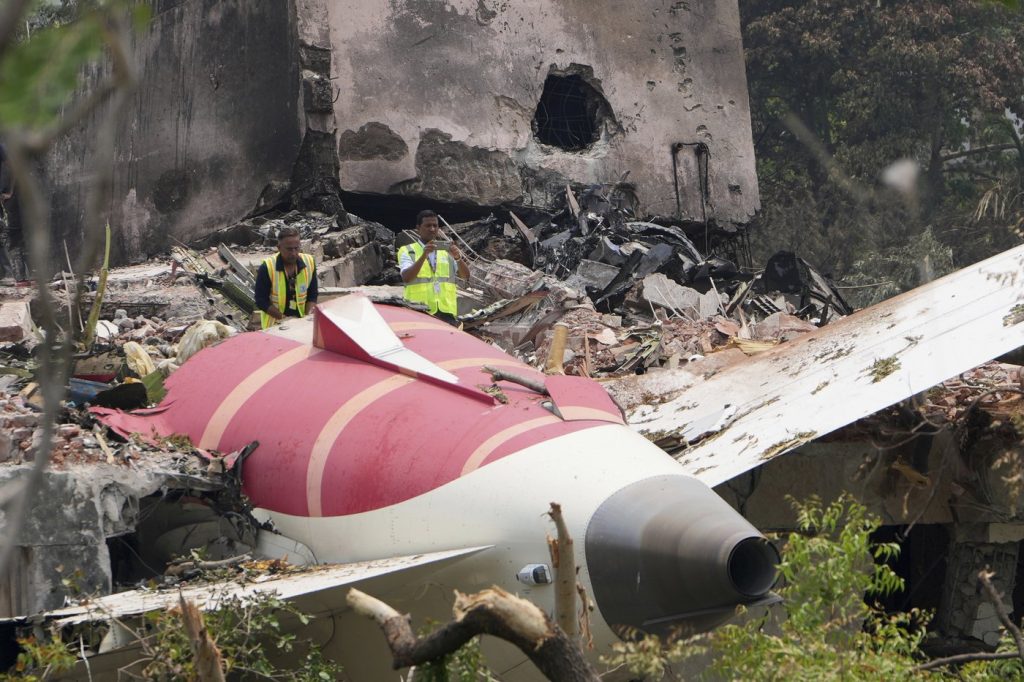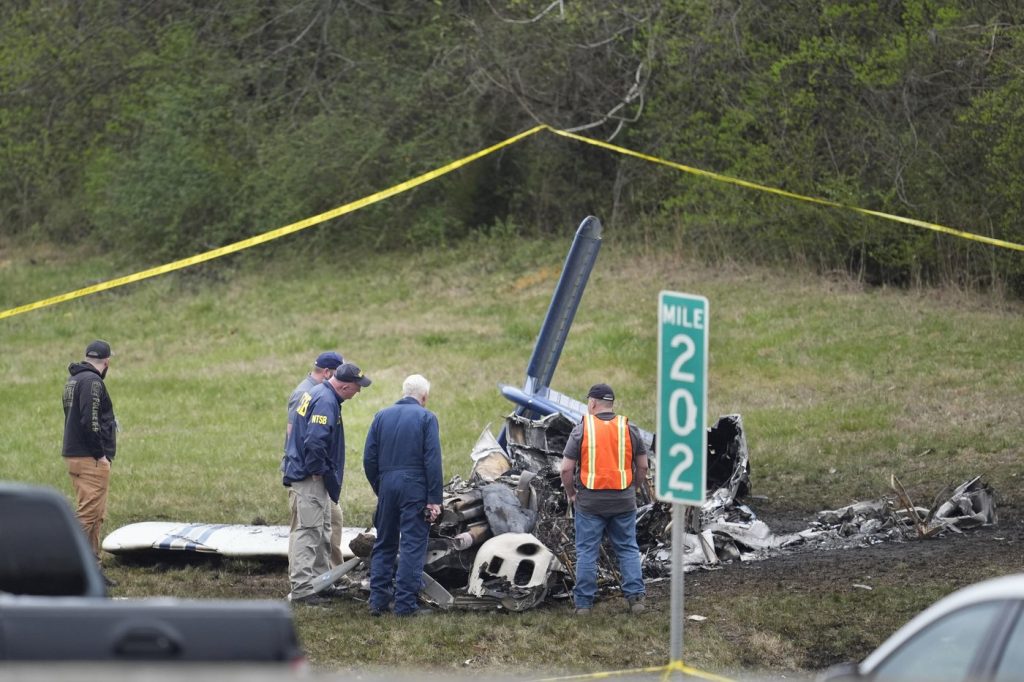NEW DELHI (AP) – A preliminary investigation report into the catastrophic crash of an Air India flight on June 12 has revealed critical details about the incident that resulted in the deaths of at least 260 people, including 19 individuals on the ground in Ahmedabad. The report, released by India’s Aircraft Accident Investigation Bureau, indicates that the fuel control switches for the engines of the Boeing 787-8 Dreamliner were shifted from the “run” position to “cutoff” just moments before the aircraft impacted the ground, leading to a total loss of engine thrust shortly after takeoff. Only one passenger survived this tragic event, which is considered one of India’s deadliest aviation disasters.
The flight was carrying a total of 230 passengers, which included 169 Indian nationals, 53 British citizens, seven Portuguese and one Canadian citizen, in addition to 12 crew members. The flight lasted approximately 30 seconds from takeoff until the moment of impact. The report highlighted a chain of events where both fuel cutoff switches transitioned from "RUN" to "CUTOFF" within a second of each other, although it did not provide an explanation for how this shift occurred amid flight operations.
The movement of the fuel control switches is pivotal as it regulates the fuel flow to the aircraft's engines. Following the switches being flipped back to the "run" position, there was insufficient time for the plane to recover, and it continued descending without sufficient power. Reports indicate that one of the pilots transmitted a frantic “MAYDAY MAYDAY MAYDAY” call before the crash, indicating the urgency of the situation.
The cockpit voice recorder revealed a moment of confusion between the two pilots right before the tragedy occurred. One pilot questioned the other about the decision to cut off the fuel, to which the other pilot responded that he had not made such a adjustment. This confusion in the cockpit may have contributed to the failure to regain control of the aircraft in a critical moment.
Following the crash, Air India released a statement expressing its full cooperation with the ongoing investigation. The airline emphasized that it is working closely with various stakeholders, particularly regulatory authorities, as they examine the circumstances surrounding this grievous accident.
The investigation team was able to recover the aircraft's black boxes, which include the cockpit voice recorders and flight data recorders, shortly after the crash. These crucial devices were later analyzed in India, providing essential data to understand the sequence of events leading up to the crash. In response to the findings, Indian authorities have mandated comprehensive checks of the entire fleet of Boeing 787 Dreamliners operated by Air India, of which there are currently 33 in service, to prevent similar incidents from occurring in the future.
As the investigation continues, further insights and recommendations are expected to emerge, which could lead to significant operational changes and safety enhancements within the airline industry in India.










